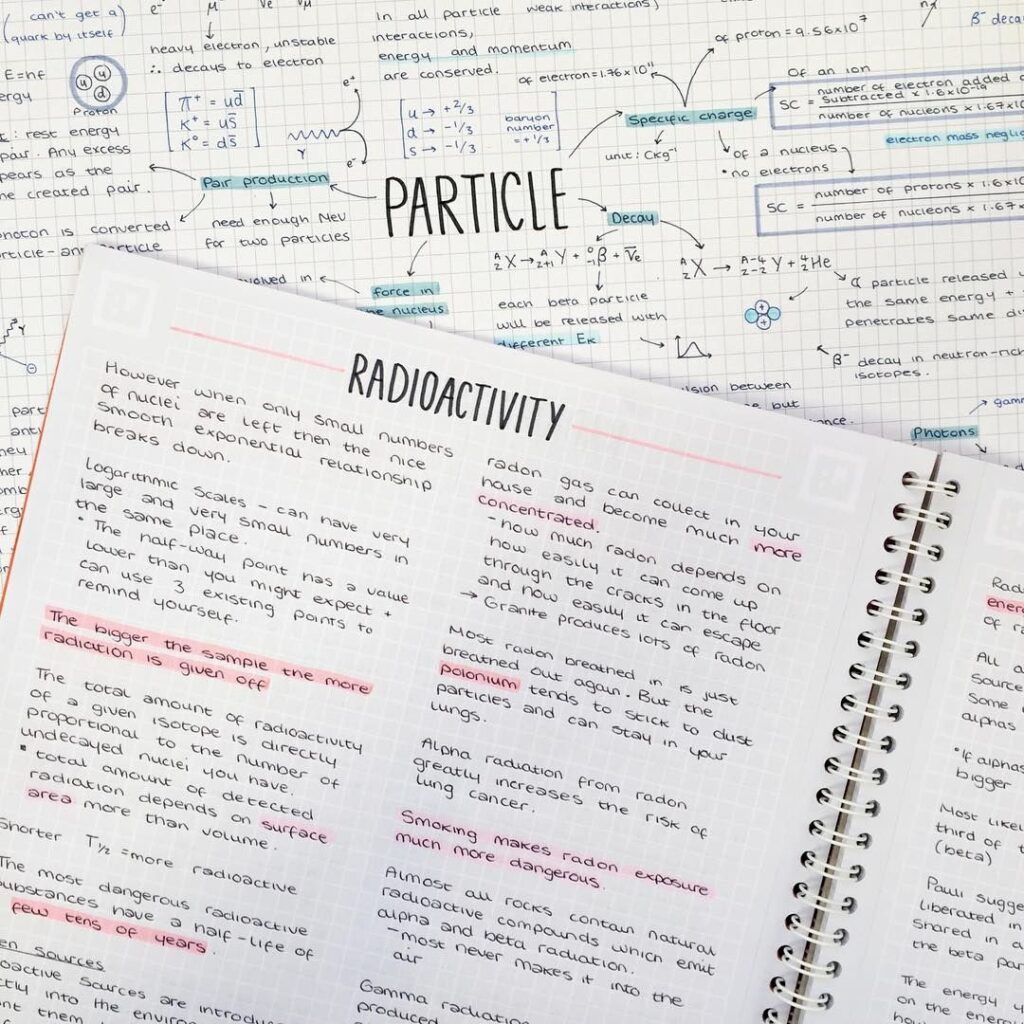Are you staying in your London uni halls over the holidays? Returning home from campus to the capital? Planning a day trip for some fun during the break? Take advantage of any free time you have in the big city, and try out some of these cheap things to do in London. They’re perfect for a student budget!
We know you’ll probably be studying hard this holiday, but all work and no play will leave you burnt-out and miserable. Though your time off may be limited, use our tips to make the most of it.
Museums and history
London’s museums are amazing, and most of them are completely free. These include the British Museum, the Museum of London, the Wellcome Collection and more! Some of these have exhibitions on that you need to pay for, but they keep the prices pretty low. The Science Museum’s fighter jet simulator is just £6, and the Horniman Museum’s magical aquarium is £4.50. For cheap things to do in London after sunset, check out funky late night events at the Science Museum, V&A, and Natural History Museum. They’re all free (though some are ticketed).
Want a quick glimpse of London’s history? The changing of the guard happens at 11:00 am almost every day at Buckingham Palace. The Tower of London’s Ceremony of the Keys happens every night at 9:30 pm. Both are completely free, but for the latter online booking is essential.
One of London’s best-kept secrets is the Mithraeum, a Roman temple hidden underneath the Bloomberg buildings in the City of London. Dedicated to the mysterious figure of Mithras, you can visit without paying a penny.

Art and architecture
Lots of art museums, like both the Tate Britain and Tate Modern, National Gallery, and the Royal Academy of Arts are free. Keep an eye out for free exhibitions at the Curve at the Barbican Centre too!
For something festive, Winter Light is a free, open-air exhibition at the Southbank Centre featuring ten festive installations from famous artists. Or, go hear some carols inside St Paul’s. Every year, the legendary London landmark hosts a series of free, non-ticketed carol concerts.
Looking for more architecture? On the first Wednesday of every month, visitors can see ‘Britain’s Sistine Chapel’ for free. The Baroque murals covering Greenwich’s Painted Hall were painted more than 300 years ago, but have just been restored. Somerset House, the last of the huge palaces that used to line the Thames in central London, also offers free tours. Alternatively, Severndroog Castle in south London is only £3.50. It’s great for panoramic views of the city, ancient woodland and general Gothic vibes.
The great outdoors
London’s green urban spaces are really special. Though it’s cold outside, on bright days you’ll still enjoy places like Green Park, Hyde Park and St James’s Park. Lots of these also have pedalo boats you can rent. These are usually around £4 and great fun if the weather holds out! For the really brave at heart, you can swim in the Hampstead Heath Bathing Ponds for £2 per day. Sack off the gym pool and join in if you dare!
A good walk with a friend is priceless, making it one of our favourite cheap things to do in London. Stroll along the South Bank, follow the towpath through Little Venice, or join one of Strawberry Tours’ free London walking tours. If you want to relax in nature while actually staying indoors, try the Sky Garden (free) or the gorgeous Barbican Conservatory (free on Sundays!).

Culture
Use websites like todaytix, or the TKTS booth in Leicester Square, for £20 West End tickets. But for a cheaper theatre alternative, standing tickets at Shakespeare’s Globe are just £5. Arrive early, and you’ll be close enough to touch the stage. The Royal Ballet also offers £5 tickets for amphitheatre seats right at the top of the Royal Opera House. Bring binoculars and enjoy!
Lots of London’s best comedy shows are either free or very cheap. You then tip what you can at the end depending on what you think it was worth. Our favourites include the Bill Murray in Angel and the Top Secret Comedy Club in Covent Garden.
For cinema lovers, the PeckhamPlex shows all new movies at ’90s prices. The House of Vans in Waterloo runs free cinema nights, as well as its other events like skate school and live music nights. And for cinema haters, Old Street’s Crap Film Club screens a different terrible movie every month. Early-bird tickets are £5.
Views
See the city from the top of Monument’s 311 stairs for just £5, or from the eighth floor of the OXO Tower for free. For outdoor alternatives, look out at the capital from Primrose Hill or Parliament Hill on Hampstead Heath.
Try the Emirates Air Line (nicknamed the Dangleway) for a cheaper version of the London Eye. The cable car opened in 2012, so as cheap things to do in London go, it still feels like a novelty. It crosses the Thames from the Greenwich Peninsula to the Royal Victoria Dock, and best of all, it’s only £3.50!
Your favourite cheap things to do in London
Did we miss any must-see activities? Have you tried any of our recs and enjoyed them? Let us know in the comments below!














